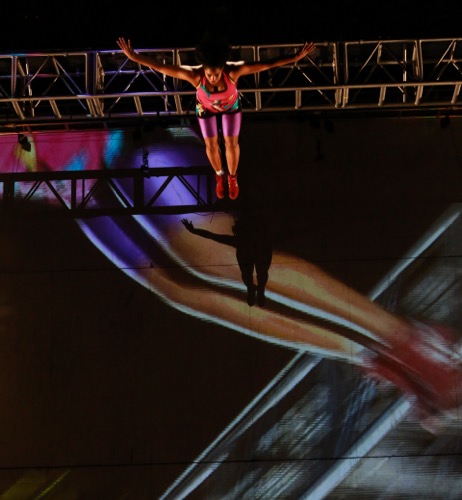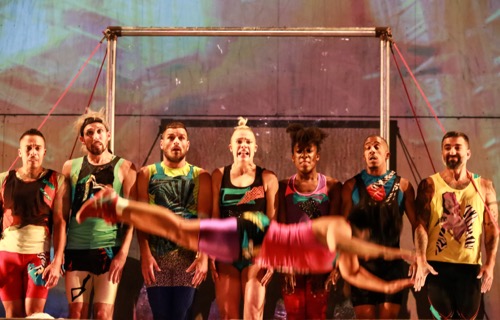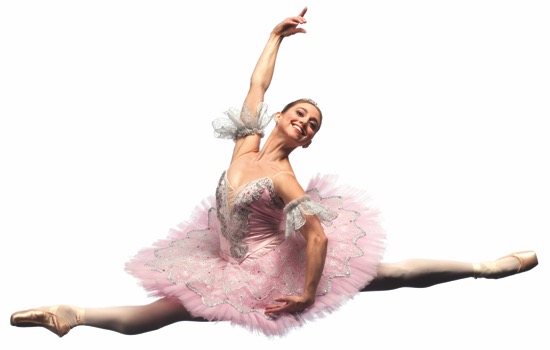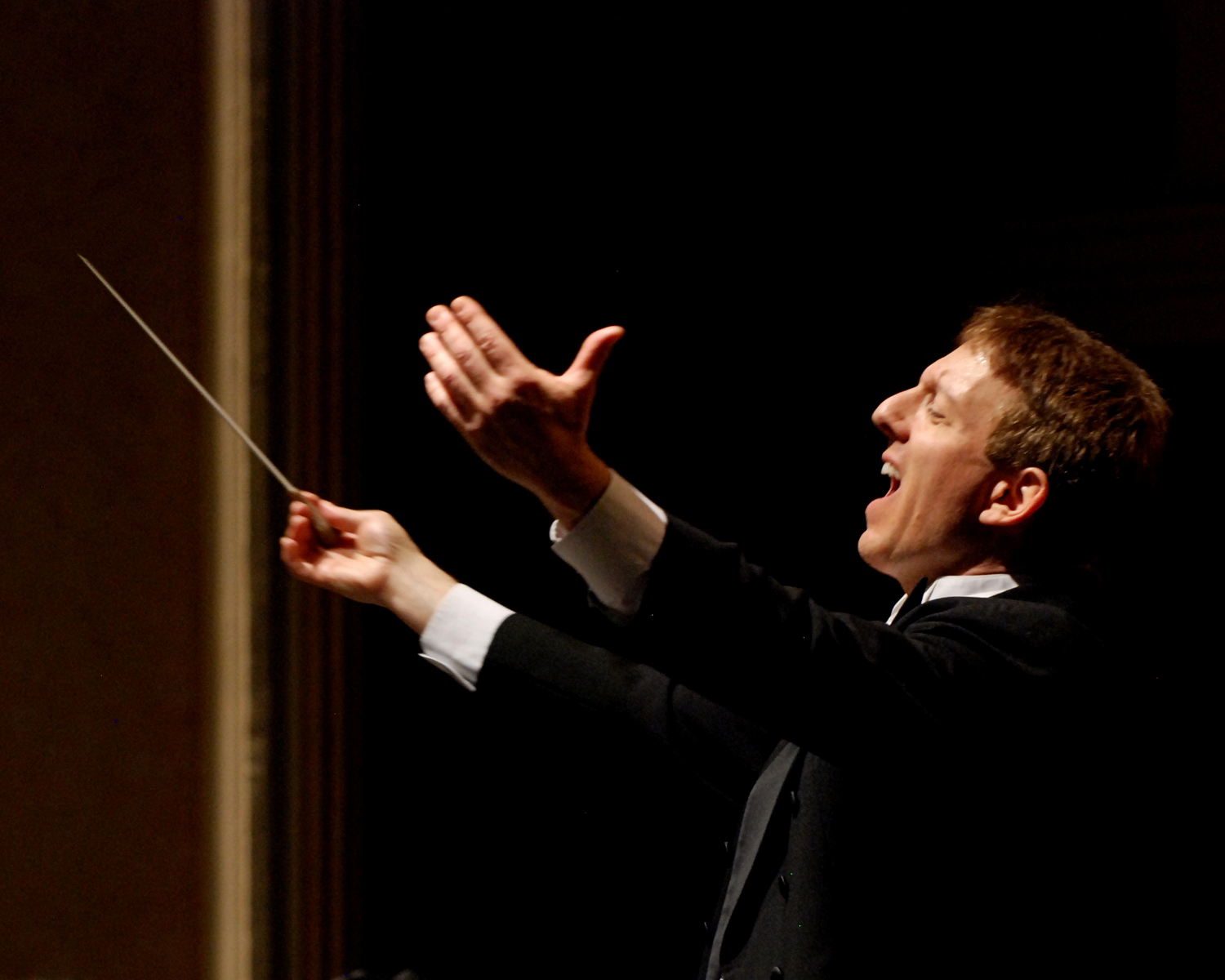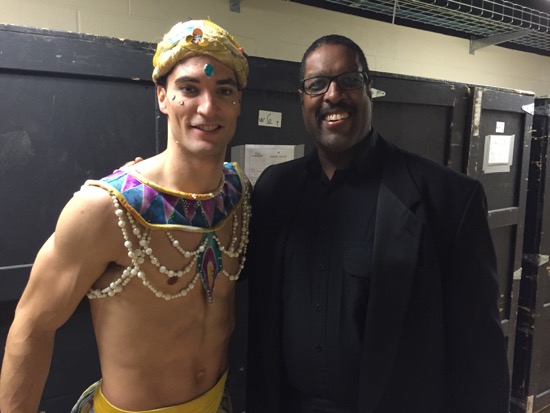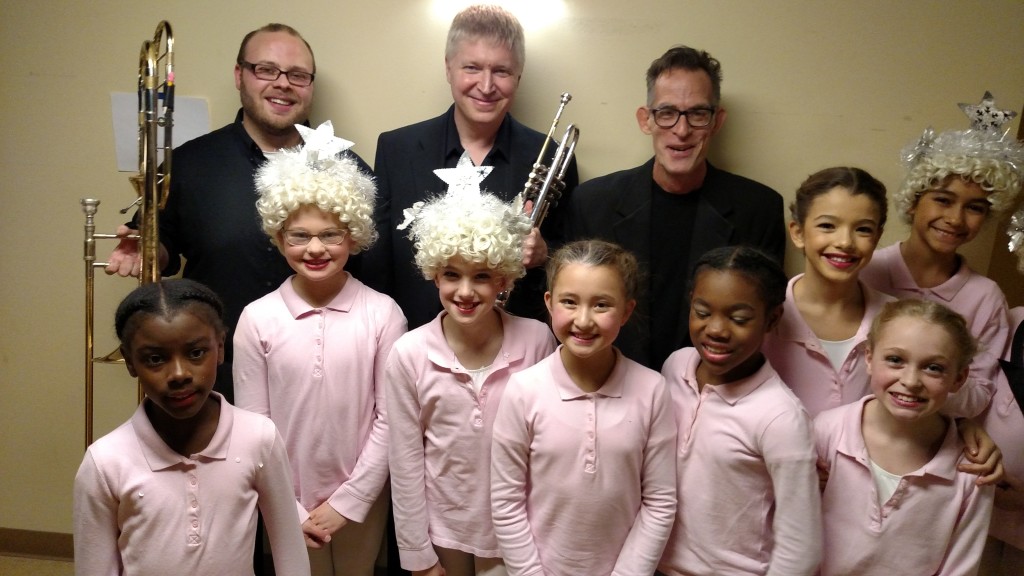
Aloha and Happy New Year !
I hope everyone had a wonderful holiday season, and you are back in full swing with your dance life. This month marks 4 years that I have been associated with 4dancers.org, and so I felt it was an appropriate time to comment – and to encourage you to keep “spreading the word” about dance medicine and science / aka Dance Wellness!
So, how did the Dance Wellness segment of 4dancers.org get here?
In the fall of 2011, Catherine Tully, editor of the site, approached me about writing an article about Dance Medicine and Science, to introduce that topic to the readership. She and I had never met, or communicated, before that –i.e., it was a “cold contact”. I said “of course” and wrote that first post–which was supposed to be a one-time thing. But–the readership response was so positive that Catherine asked me to keep going…..and so our Dance Wellness segment became official.
Over time I started asking other colleagues in the field to also contribute, and things just kept growing. This past year, we added our Dance Wellness Panel of experts–all long-time experienced professionals, each focusing on different aspects of dance medicine and science.
From a personal perspective, 4dancers.org has been one of the most fulfilling things that has ever happened in my professional dance life–and I say that coming from many years of very fulfilling experiences! Since the beginning of my work in the dance medicine field, 35 years ago, my #1 goal has always been to reach out to the thousands of dancers and teachers who don’t normally have a chance to access this kind of information. I was given different opportunities, in that respect, over the years–such as helping to form IADMS (International Association for Dance Medicine and Science), and starting Dance Wellness programs in university settings. And all of that was wonderful–but it still didn’t reach out on the “grassroots” level, which was my original goal.
4dancers.org, and Catherine Tully, changed all of that, and I will be eternally grateful both to her, and to you, the readership, for the opportunity I was given, and for the way you have embraced the information we have put out there for you, and “passed it on”!
Some of you reading this probably have been with 4dancers for a long time, maybe all of the past 4 years, but many of you may have not. So with this post, I am sharing our full list of dance wellness articles, so that if you missed any, you can read and catch up–and maybe learn one or two new things you didn’t know before…..and that’s the whole point, isn’t it?
Mahalo Nui Loa (thank you from the heart), and–
Pass it on!
Jan
Jan Dunn, MS
Dance Wellness Editor – 4dancers.org
4dancers.org – Dance Wellness posts 1/1/12 to present
2012
1/2/12 – Keeping Dancers Dancing: An Introduction to Dance Wellness in 2012 – Jan Dunn, MS
1/19/12 – “The Perfect Arch” – Frank Sinkoe, DPM
1/26/12 – Blisters And Corns Between The Toes (Interdigital Lesions) – Frank Sinkoe, DPM
2/1/12 – Dance Wellness: Causes of Injuries (Risk Factors) – Part 1 – Jan Dunn, MS
2/9/12 – Treatment Of Warts In The Dancer – Frank Sinkoe, DPM
2/12/12 – Dance Wellness: Causes of Injuries (Risk Factors)- Part II – Jan Dunn, MS
2/14/12 – Nutrition for the Dancer: Emily’s Apples and Pumpkin Oatcakes – Emily Harrison, MS
2/16/12 – Toenail Injuries in the Dancer: Bruised Nail – Frank Sinkoe, DPM
2/18/12 – Dancers and Hydration – Emily Harrison, MS
2/23/12 – Toenail Injuries of the Dancer: Ingrown Toenail / Infection – Frank Sinkoe, DPM
3/8/12 – Keeping Dancers Dancing: “Help! – I have an Injury- What Do I Do?” – Jan Dunn, MS
4/3/12 – Keeping Dancers Dancing: Conditioning – Jan Dunn, MS
5/4/12 – Keeping Dancers Dancing: Conditioning – Pilates – Jan Dunn, MS
5/13/12 – Keeping Dancers Dancing: Conditioning Gyrotonics and Gyrokinesis – Jan Dunn, MS
6/14/12 – Keeping Dancers Dancing: Conditioning – The Franklin Method, Part I – Jan Dunn, MS
6/15/12 – Keeping Dancers Dancing: Conditioning – The Franklin Method, Part II – Jan Dunn, MS
7/12/12 – Staying on Your Toes with a Physical Therapist – Sarah Graham, PT
8/9/12 – Competition Dance: Maximizing Peak Performance, Part I – Robin Kish, MA
8/21/12 – Competition Dance: Maximizing Peak Performance, Part II – Robin Kish, MS
9/6/12 – Dance Wellness Update – Jan Dunn, MS
10/25/12 – Nutrition for Your Dancer Body: Understanding the Fundamentals of Making Good Food Choices – Diana Clanin, MS
11/29/12 – Dance Wellness: Phases of Healing – Marika Baxter, PT
2013
1/10/13 – Motor Learning in Dance – Donna Krasnow, PhD
1/24/13 – Dance Wellness: Preparing for the Summer Intensive – Jan Dunn, MS
3/21/13 – Dancing Through the Adolescent Growth Spurt – Jan Dunn, MS
5/7/13 – Ballet: How Hard Should It Be? – Janet Karin, OAM
5/9/13 – “Older Dancers” – Gigi Berardi, PhD
8/23/13 – Dance: The Importance of a Good Warm-Up – Jan Dunn, MS
10/2/13 – Book Review: Dance Medicine Head To Toe: A Dancer’s Guide To Health – Emily Kate Long
11/10/13 – Healthy Dance Practice Certification Course – Jan Dunn, MS
12/2/13 – Supplemental Fitness Training Can Improve the Artistic Element of Dance Performance – Matthew Wyon, PhD
12/26/13 – Dancing in the Dark: Dancers Need Vitamin D – Matthew Wyon, PhD
2014
1/22/14 – The Healthy Dance Practice Certificate – Jan Dunn, MS
2/14/14 – Stretching Healthy: A Primer for Dancers – Jan Dunn, MS
2/27/14 – Mirror Use in the Classroom: How Much is Too Much? – Sally Radell, MFA
3/10/14 – Mirror Mirror on the Wall: A Dance Teacher’s Perspective – Sally Radel, MFA
5/27/14 – Thoughts on Starting a Dance Screening Program – Jan Dunn, MS
6/9/14 – Integrating Best Practices From Dance Medicine And Science To The Faculty Of A Professional Dance Conservatorie – Rachel Rist, MA
7/4/14 – The Hypermobile Dancer – Moira McCormack, MSc
8/7/14 – A Somatic Update for Dancers – Nancy Wozny
11/19/14 – Turn-out and the Dancer: A Closer Look – Jan Dunn, MS
2015
1/2/15 – Dancers and Stretching: How Hard Should You Push? – Matthew Wyon, PhD
1/22/15 – Are You Ready For Pointe? – Selina Shah, MD
3/11/15 – A Franklin Method Foot Warm-Up for Dancers – Jan Dunn, MS
5/13/15 – Introducing Our Dance Wellness Panel – Catherine L. Tully
5/20/15 – Franklin Method Foot Warm-Up: Part II – Jan Dunn, MS
6/25/15 – An Easy Guide to Portion Sizes – Catherine L. Tully
8/5/15 – Let’s Talk “Core Control” – Jan Dunn, MS
8/31/15 – Let’s Talk “Core Control” II – Jan Dunn, MS
9/1/15 – Let’s Talk “Core Control” III – Jan Dunn, MS
10/1/15 – On the Marley Floor – Jessica Anspach McEliece
10/24/15 – IADMS 25th Annual Meeting – Catherine Tully
10/29/15 – Flash Feldenkrais for the Busy Dancer: Part I – Nancy Wozny
11/10/15 – Book: Anatomy, Movement Analysis, Conditioning – Gayanne Grossman, PT
12/6/15 – About That Ice Pack…… – Jan Dunn, MS





